Steak 101
On April 05, 2024
This post may contain affiliate links. Please read our disclosure policy.
With the Steak 101 guide from Hey Grill Hey. we’ve got you covered when it comes to mastering this delicious meat, from the butcher’s block to your plate.

Steak 101: the Basics
Steak is a classic protein that’s perfect for every occasion, from backyard barbecues to elegant dinners. But with so many cuts, grades, and cooking methods to choose from, it can be overwhelming for beginners. Fear not, BBQ heroes, we’re here to break down the basics and help you master this incredible meat in no time.

Where IT Comes From
Steak is a vague term, because they actually come from several different parts of the cow. Typically, it comes from the muscle, specifically from areas that don’t get much exercise, resulting in more tender meat. The most popular types of cattle used for this meat include: Angus, known for its rich flavor and marbling, Wagyu, prized for its intense marbling and tenderness, and grass-fed beef, which offers a leaner, more natural flavor profile.
Popular Cuts
Some of the most popular steak cuts include ribeyes, with their perfect balance of flavor and tenderness; filet mignon, the most tender cut of all; strip steak, a flavorful, moderately tender cut; T-bone and porterhouse, which offer the best of both worlds with a strip and filet mignon in one; sirloin, a lean, affordable cut; and flank and skirt, which are packed with flavor and perfect for grilling. Whichever cut you choose, we’ve got your recipe.
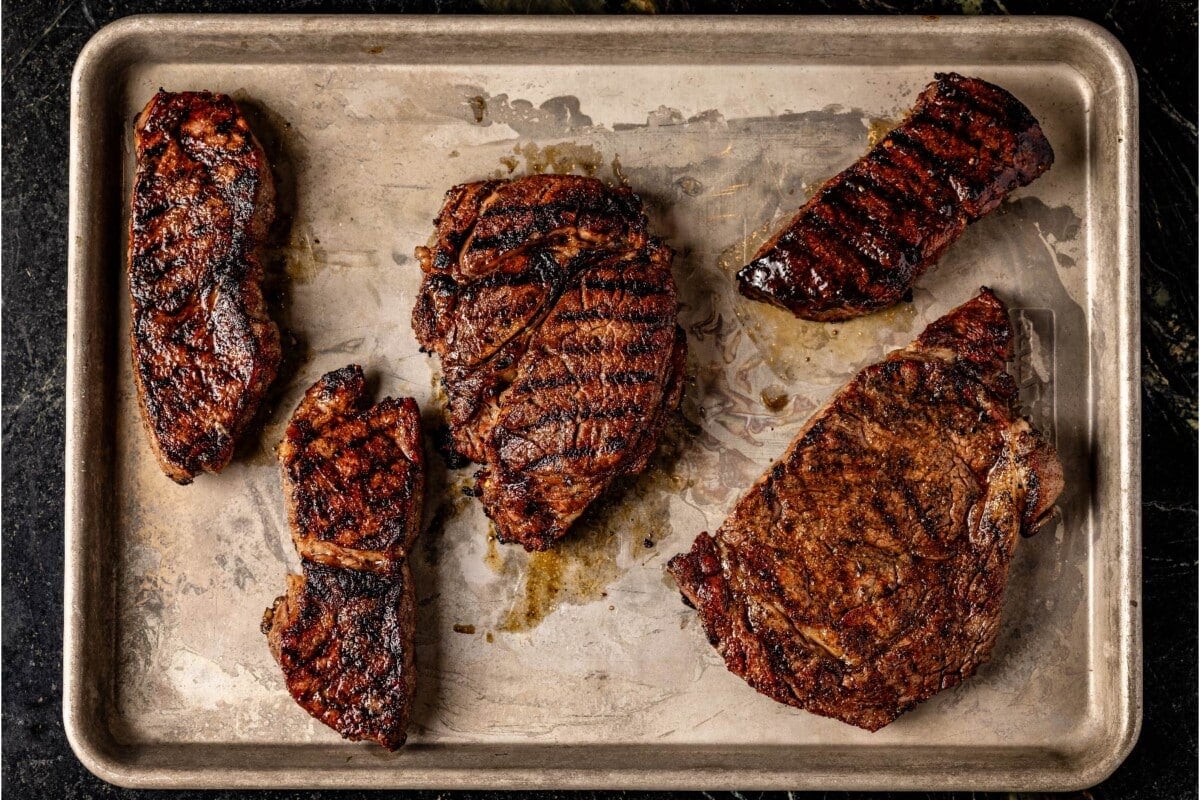
Picking the Right Steak
Selecting the perfect cut is the first step to a mouthwatering steak. If you follow our tips on choosing the right beef, then you’re sure to get the perfect cut.
What the Labels Mean
When shopping for steak, you’ll encounter labels like USDA Prime, USDA Choice, and USDA Select. These grades of beef are based on the amount of marbling (intramuscular fat) present in the meat, with Prime being the highest grade and most flavorful. USDA Choice is a great option for everyday grilling, while USDA Select is leaner and more affordable.
What to Look for When Buying
In addition to the grade, there are a few key things to look for when selecting your meat. First, look for your meat to have a bright red color, because this is an indicator of freshness. You want it to be firm to the touch, and you want nice, white marbling. The amount of marbling will vary a lot, depending on the cut you choose. Check out our Buying Meat 101 guide for even more tips.
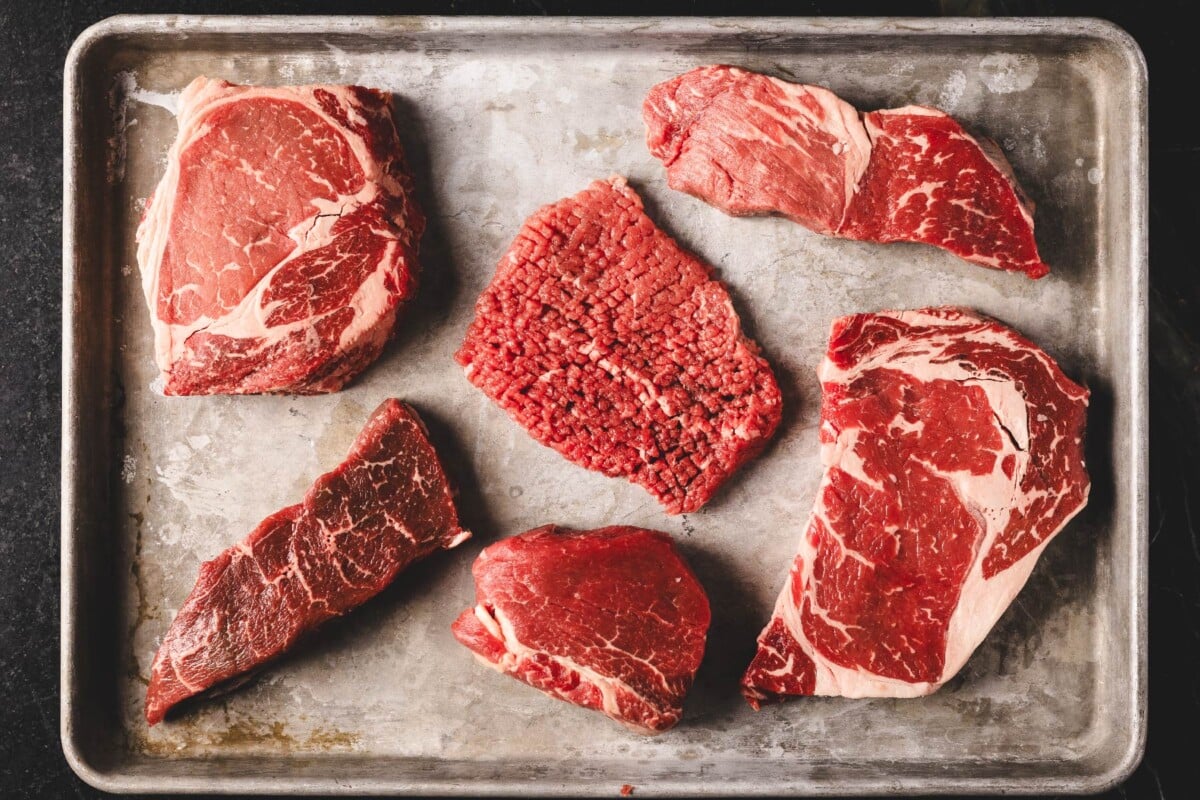
Seasonings and Marinades
Now that you’ve selected the perfect steak, it’s time to prep it for the grill. While you can always keep it simple with salt and pepper, there are plenty of ways to add extra flavor before cooking.
Steak Seasonings
When it comes to seasoning steak, or any beef for that matter, there is none great than our signature (and award-winning) Beef Rub. If you want a classic steakhouse flavor, then you can season with kosher salt and freshly ground black pepper. If you’re feeling adventurous, then try one of our many homemade rubs to enhance you flavor experience.
Recipes
The BEST Steak Seasoning
Rubs & Seasonings
Homemade Steak Rub Recipe
Rubs & Seasonings
Coffee Rub
Recipes
Montreal Steak Seasoning
Marinating Steak
Marinating your steak can add incredible flavor and tenderness, especially for leaner cuts like flank or skirt. A classic marinade is perfect for any cut, and especially traditionally tough cuts like skirt, flank, and flap. Marinades are awesome because they allow you to play with ingredients like citrus, herbs, and more. Just remember to follow marinating times. Too short and you won’t get enough flavor, too long and your meat might break down.
Steak Cooking Methods
With your steak prepped and ready to go, it’s time to heat things up. Whether you’re grilling, smoking, or pan-searing, we’ve got you covered with tips and tricks for perfectly cooked cuts every time.
Steak on the Grill
Grilling steak is a classic for a reason: it’s quick, easy, and yields incredible flavor. Fire up your grill, and master the art of grilling this marvelous meat. For thicker cuts like ribeyes or filet mignon, use the two-zone grilling method for a perfect sear on the outside and a juicy, tender inside. For thinner cuts like flank or skirt, cook them hot and fast over direct heat to avoid drying out the meat. No matter what cut you choose, we’ve got options for you.
Smoked Steak
For a flavor-packed twist on a classic, trying smoking your steak. This low-and-slow method infuses your meat with smoky goodness and yields incredibly tender results. Set your smoker and then use your favorite wood chips or pellets for flavor. Smoke your meat until it reaches your desired internal temperature, then finish it off with a quick sear on a hot grill or cast-iron skillet for a perfectly crispy crust.
Temperature Doneness Guide
Everybody has their own idea of the perfect steak, but how do you nail it every time? The secret is a reliable instant-read meat thermometer like the Thermapen ONE, which takes the guesswork out of cooking to your desired temp. Check out our Temperature and Doneness Guide, or refer to the handy table below, and you’ll never have to pray for doneness again.
- Rare – 120-125 degrees F
- Medium Rare – 130-135 degrees F
- Medium – 140-145 degrees F
- Medium Well – 150-155 degrees F
- Well Done – 160-165 degrees F
Serving Tips
Once you’ve cooked the perfect steak, it’s time to serve it up and enjoy the fruits of your labor. But if you want to nail the perfect presentation, check out these tips before grabbing your knife.

Resting and Slicing Steak
Before you slice into your steak, let it rest for 5-10 minutes to allow the juices to settle. This ensures every bite is juicy and flavorful. When slicing, always use a good, sharp knife and cut against the grain for maximum tenderness. For an extra burst of flavor, top with a pat of our compound butter, and sprinkle with flaky sea salt.
What to Serve with Steak
No steak dinner is complete without the perfect side dishes. Pair with classic steakhouse favorites like crispy roasted potatoes, creamy mashed potatoes, or a loaded baked potato. For a lighter option, try grilled vegetables like asparagus, zucchini, or bell peppers. And don’t forget the sauces, a dollop of garlic butter or blue cheese crumbles can take your meal up a notch.
What to Do with Steak Leftovers
If you’re lucky enough to have leftover steak, don’t let it go to waste. You can enjoy it all over again, or turn it into something completely new and yummy.
Storing and Reheating
To keep your leftover steak fresh, store it in a zip top bag an airtight container in the refrigerator for up to 5 days. When you’re ready to reheat, one of the best methods for retaining flavor is using a sous vide. You can also warm in a pan with some oil on the stove top, in the oven, or on your grill. When your steak reaches your desired temp, then it’s time to enjoy.
Using Leftover Steak
The possibilities are endless when it comes to what you can create with steak leftovers. Use it for mouthwatering tacos and savory sandwiches, stews, salads, and so much more. Here are a few Hey Grill Hey staples to get your mind, and your appetite, going:
Steak University
Congratulations, you’re well on your way to mastering this delicious meat. But the learning doesn’t stop here. If you want an even deeper dive on all things steak, then head on over to The Grill Squad. Susie hosts courses on steaks, buying meat, sauces and rubs, and so much more.
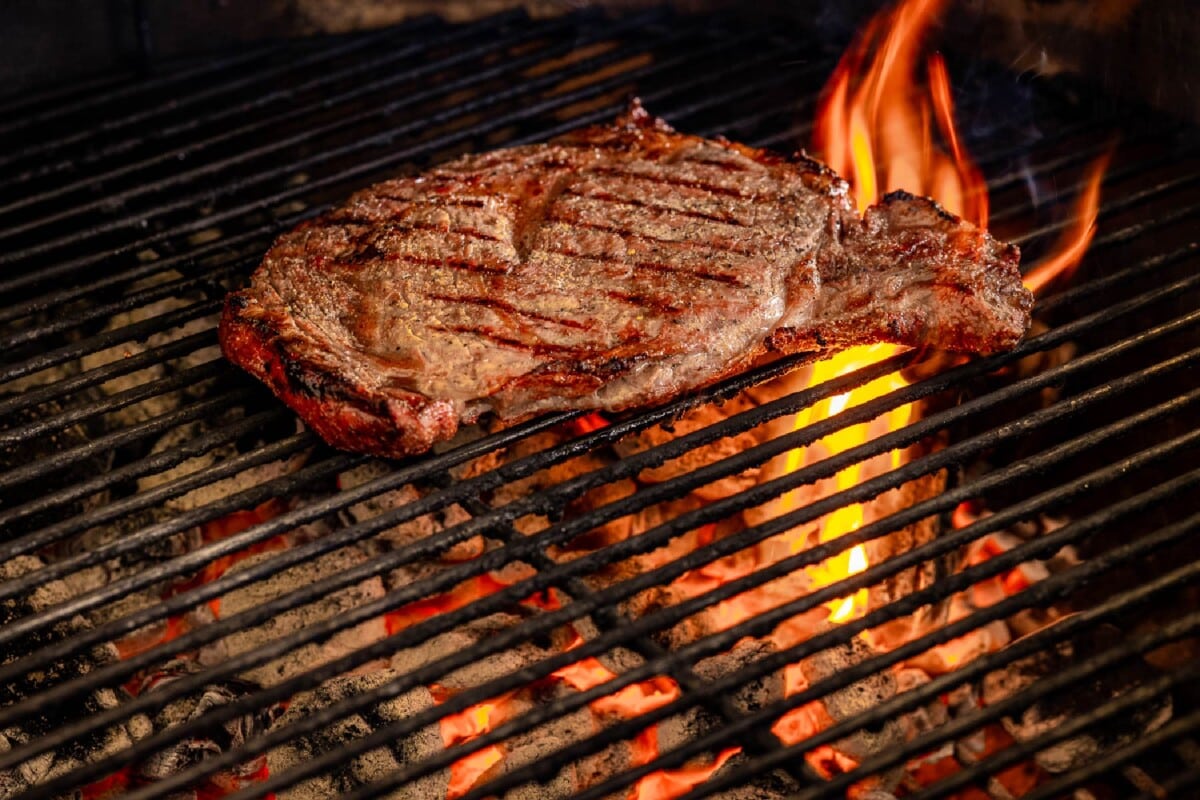
Download the Hey Grill Hey app for dozens more of our exclusive steak recipes, as well as over 600 more amazing BBQ recipes. Plus, you can create shopping lists and meal plans, all with just a few simple taps of your phone. And of course, follow us on our social channels for all the latest BBQ tips and tricks.
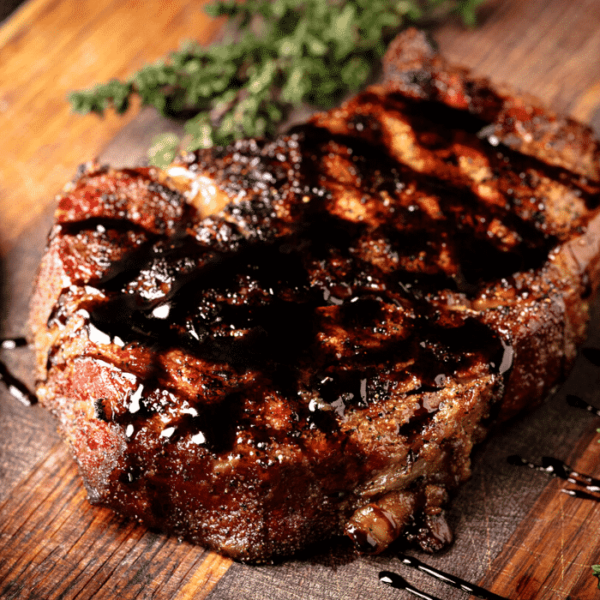
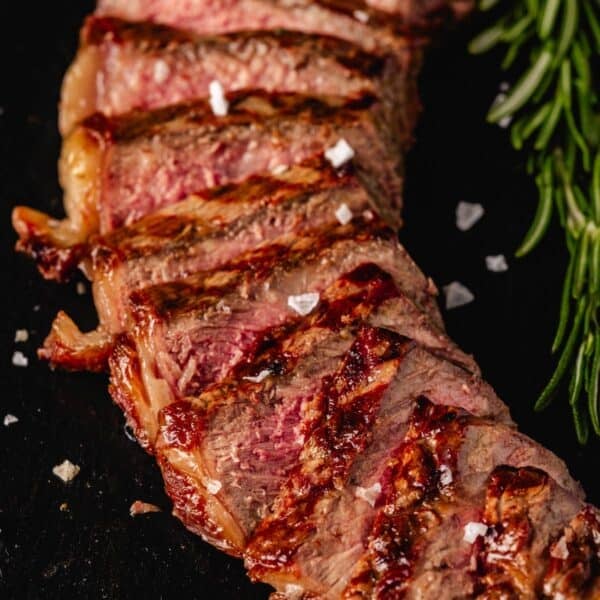
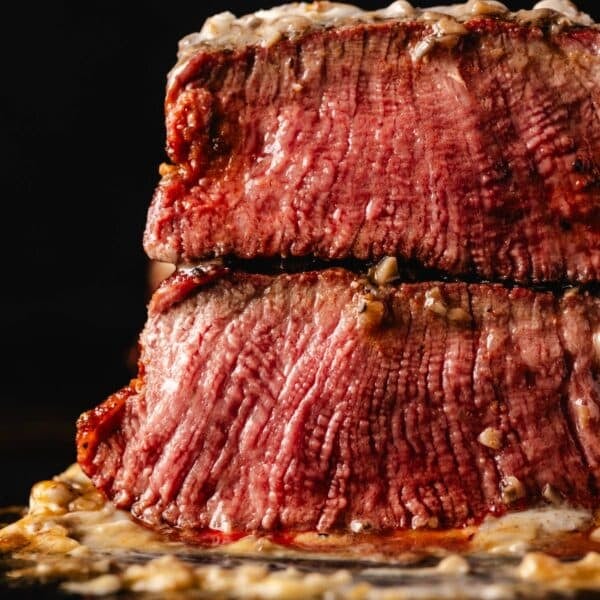
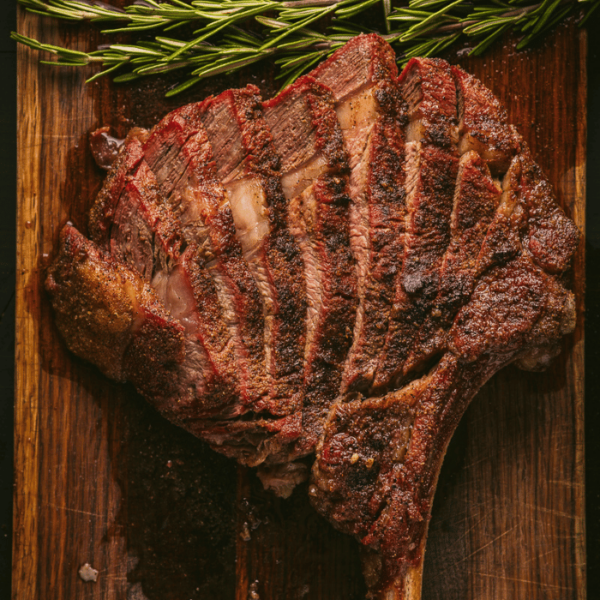



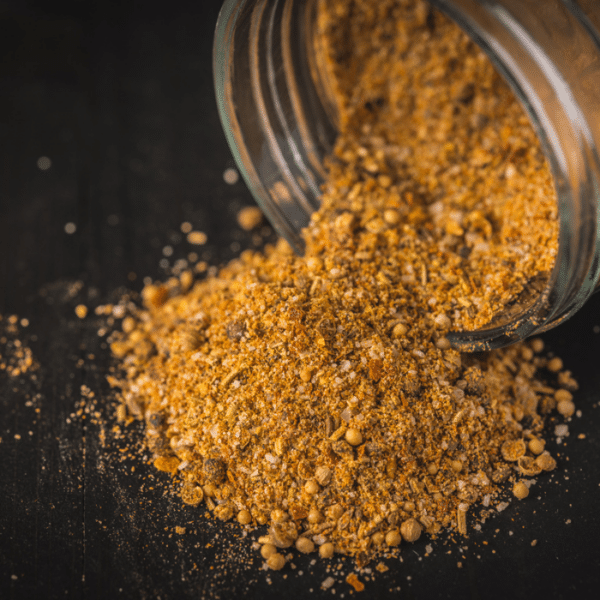
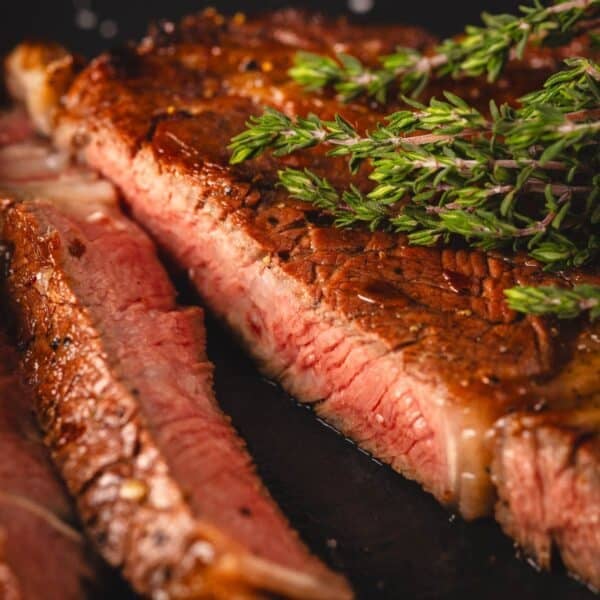

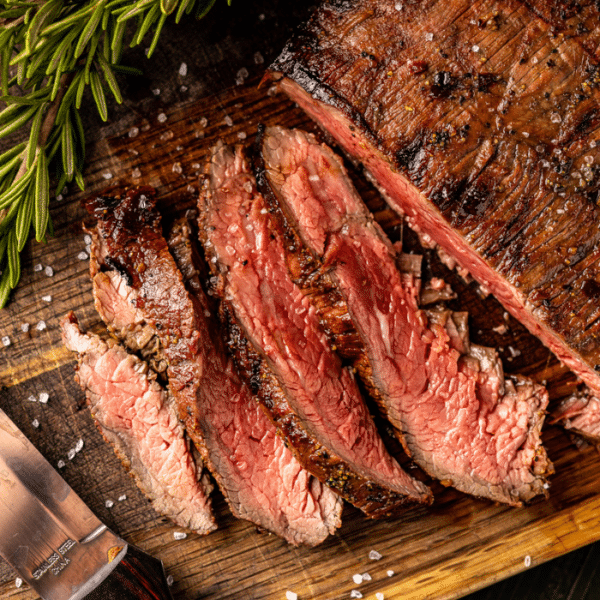
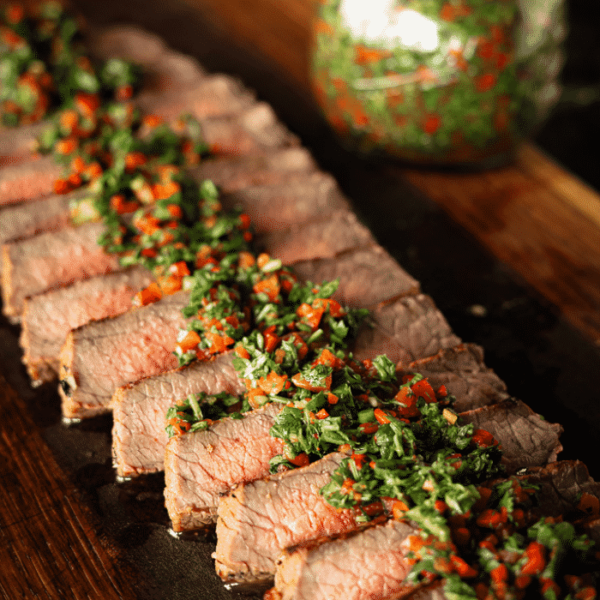
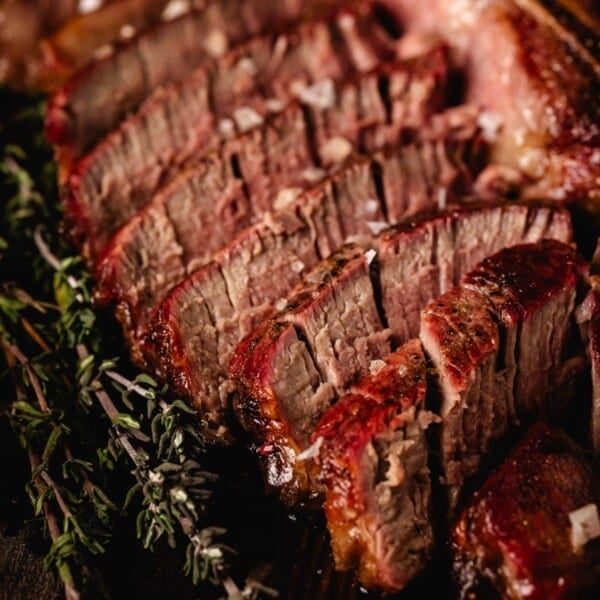


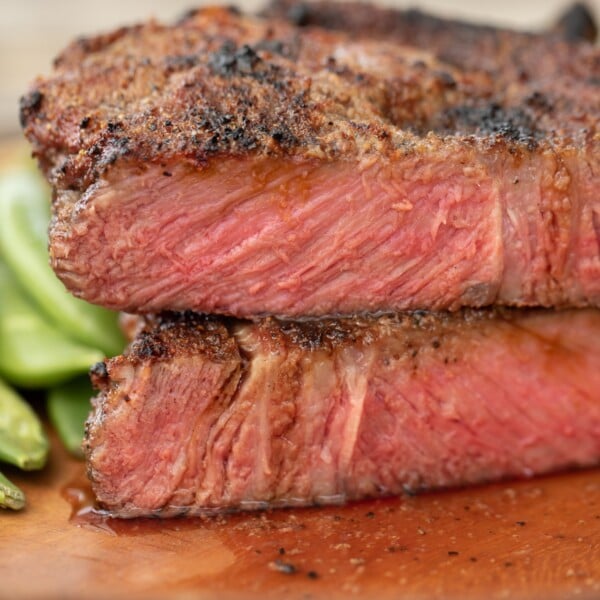
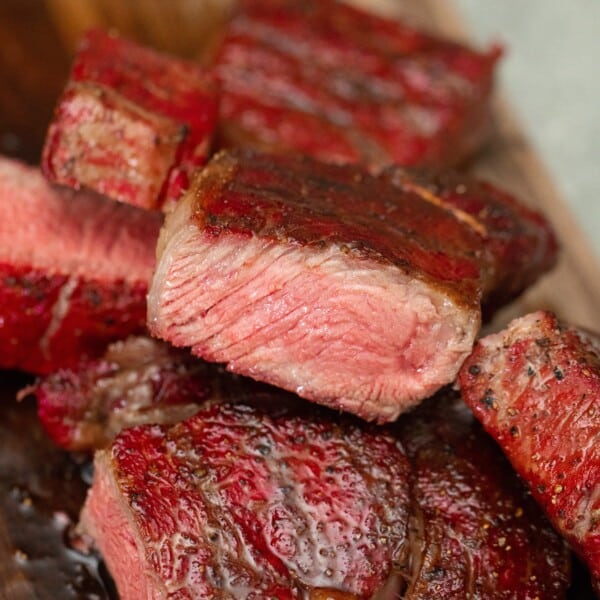

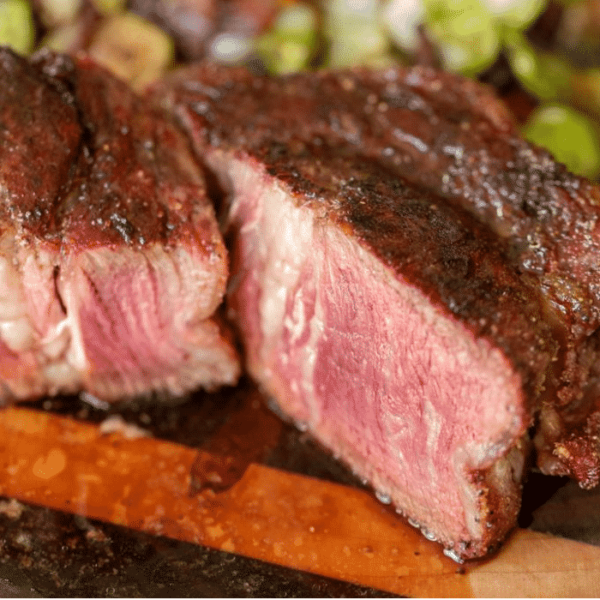

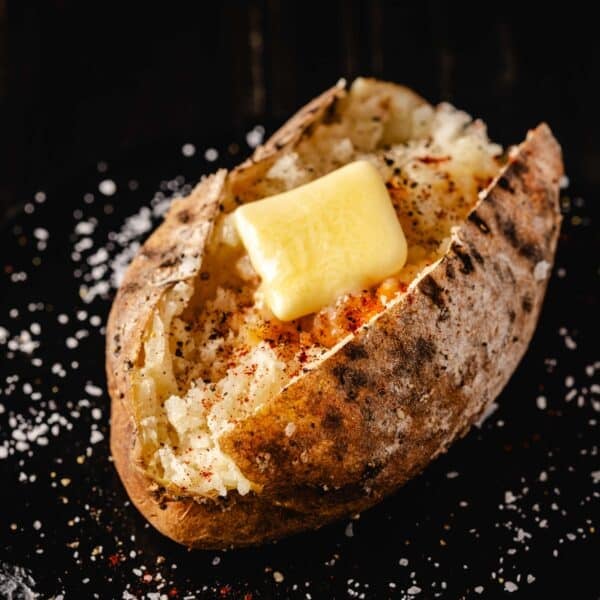
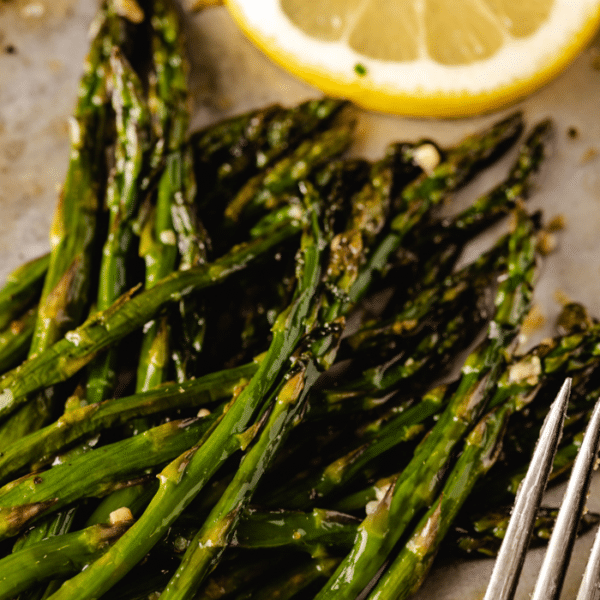
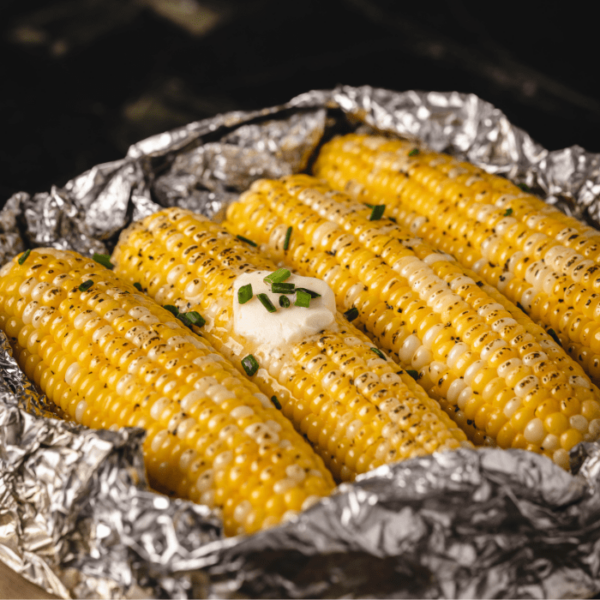
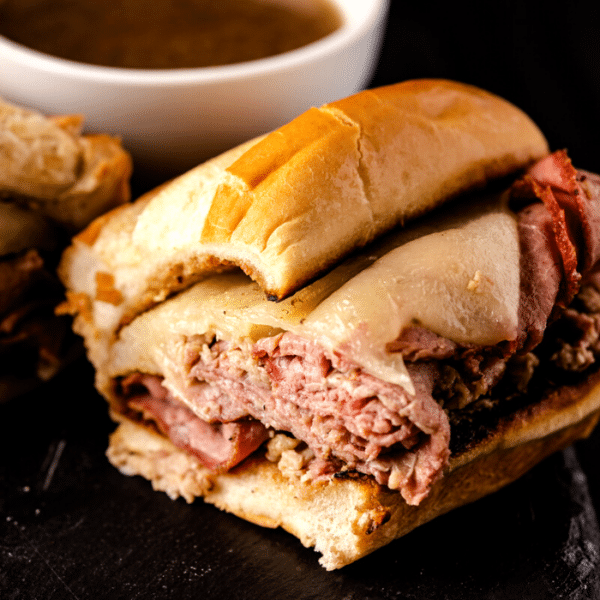


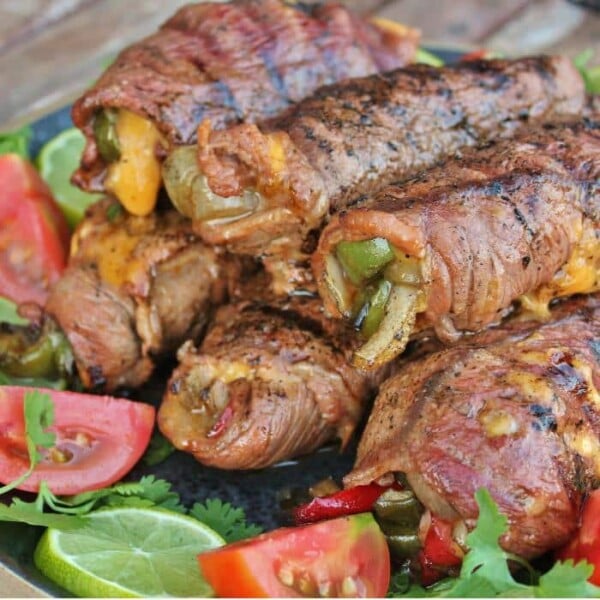


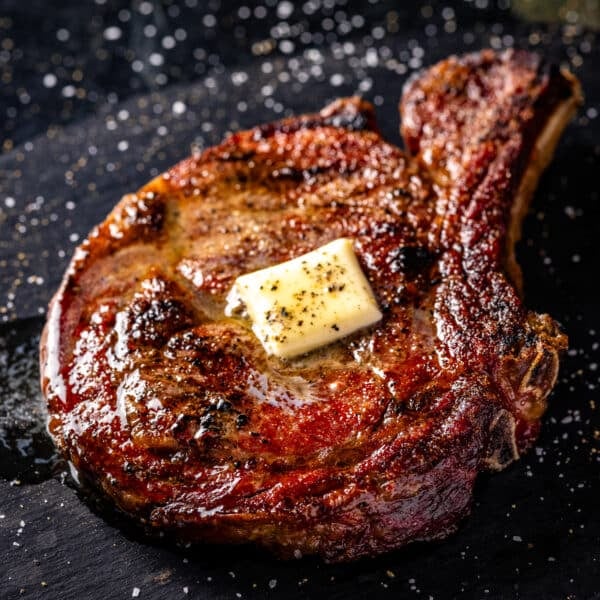
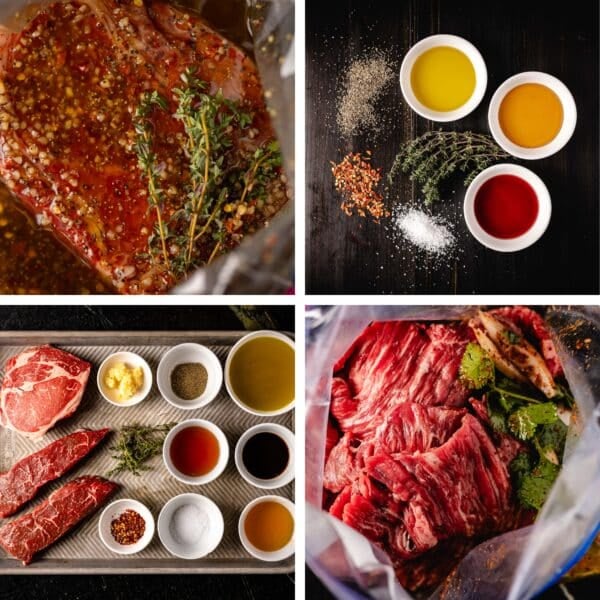
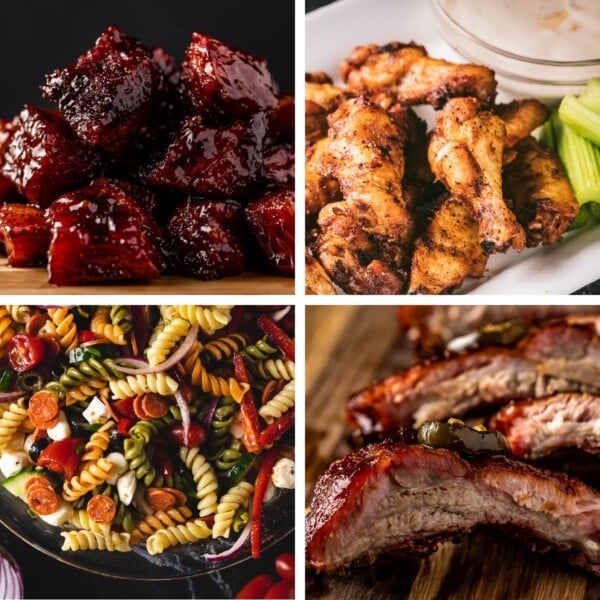





Your articles are my go too, spices too!
Need reorder. Thank you
I am interested in learning how to grill & broil steaks of all kinds. I prefer T-bones, New York Strip & Rib eye. I really would like to know how Apple Bee’s make their steaks and also the big steakhouses in NYC.
I need to know how to make a steak tender. Even if you buy Prime meat sometimes it is tuff as a boot.
Typically with a higher grade I don’t run into this unless I’m working with the tougher cuts like flap or skirt. In those cases I’d use a good marinade.